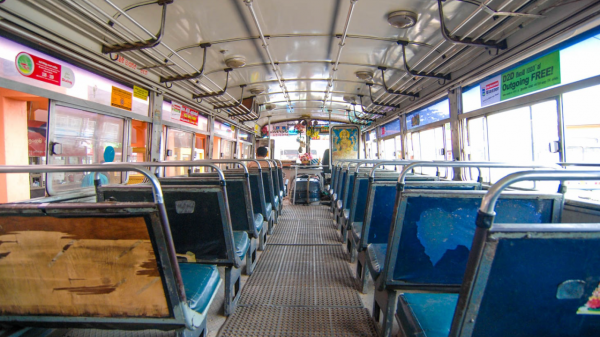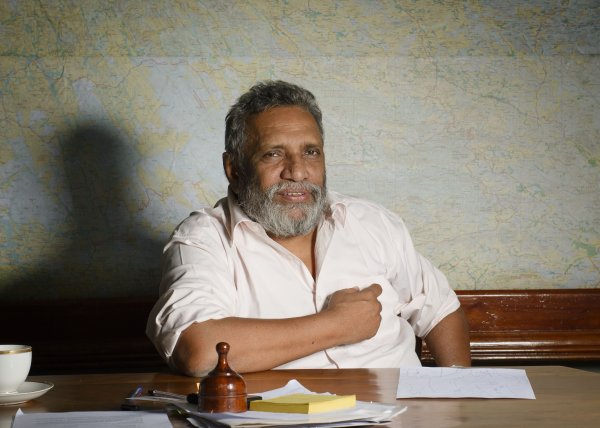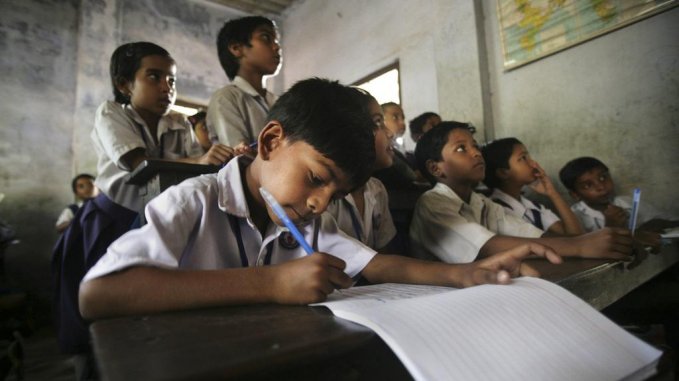
Rajith* (name changed) is ten years old. He has just finished the grade five scholarship exam, and he is ecstatic – he now has the time to play cricket with his cousins, watch TV and just relax. “The school started preparing us for the scholarship exam from grade four,” he tells us. “We had to stay in after school [hours] every day until four for extra classes. Tuition classes were for about three-and-a-half hours on weekends.”
According to Rajith, there was usually very little time for him to play or unwind at the end of a school day. He would come home, eat, have a bath, and then do his homework or work on practice papers which his mother got him. If he was not too tired, he would watch a bit of TV with his parents. Otherwise, he would go to bed, only to wake up to repeat the same routine again.
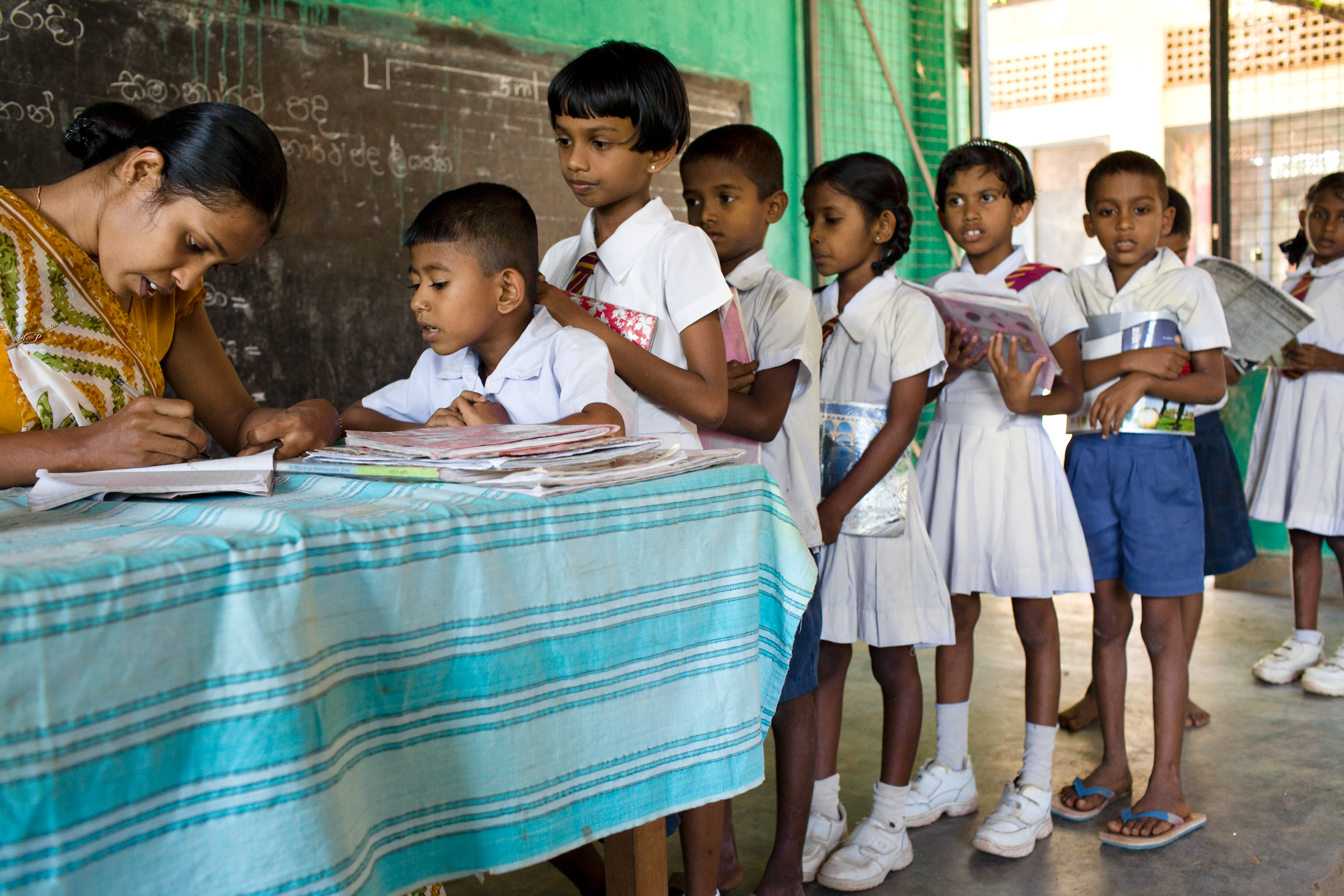
On August 5 this year, over 325,000 candidates from across the country sat the grade five scholarship exam, each hoping it would open a window of better educational opportunities for them. Out of this number, only a mere handful will surpass the cut-off marks that will make them eligible for the scholarship. This brings us to a controversy which plagues our local education landscape: do the benefits of the scholarship exam outweigh its disadvantages? Just how much pressure are children being put under to score well? More importantly, is the stress of the exam ‘stealing from the playtime of children’, as the old quote goes?

The grade five scholarship exam was first introduced 70 years ago with two objectives:
- As a means of admitting bright but underprivileged students to prestigious and popular schools.
- As a means of providing bursaries to bright but underprivileged students
Sri Lanka currently has about 10,000 provincial schools and 353 national schools. Out of these, about 36 are considered ‘popular’ schools, with a great deal of prestige attached to them. In spite of the objectives of the examination, students from all government schools—both privileged and underprivileged—sit it. For many intelligent children from disadvantaged socioeconomic backgrounds, the grade five scholarship exam is their only gateway to a better education in one of the country’s well-facilitated schools. However, while the virtues of the exam are apparent, there is a darker side to it as well. Many parents, academics and mental healthcare experts say that it exerts far too much pressure on the children, and are calling for it to be abolished, or atleast amended.
The Two Sides Of The Coin
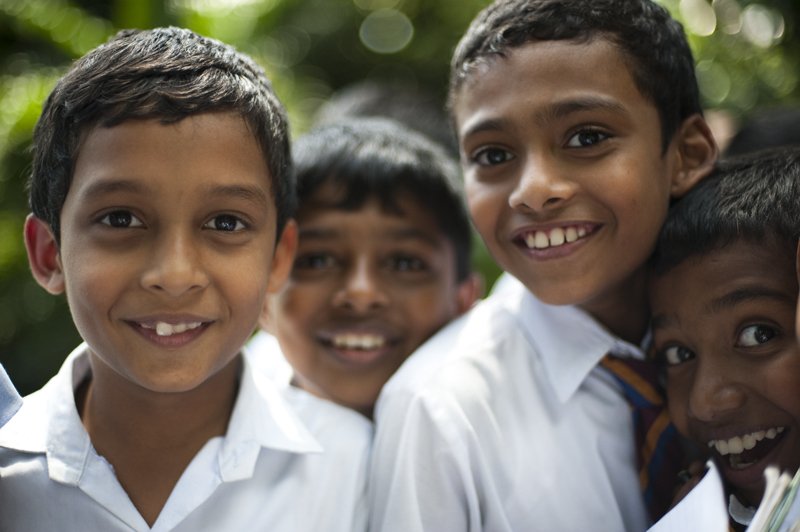
Rajith’s parents started preparing him for his scholarship exam when he was in third grade. “His is in primary school,” his mother Kanthi* explains. “So we are going to have to find a new school for him next year.” When they tried to enrol in one of Colombo’s leading national schools, Kanthi says that they were told that they would have to pay 200,000 rupees as admission fees. “My husband only gets about 25,000 rupees a month,” she tells us, shaking her head. “How can we afford that? A scholarship would really help my son with his education.”
However, Kanthi tells us that while they were quite thorough with Rajith’s exam preparation, they were never overzealous. “Starting early helped,” she says. “That way he did not have to cram when the exam was approaching.” Rajith—whom we have caught in the middle of a cricket game—corroborates this, telling us that he was never under a lot of pressure at home. However, he does acknowledge that the exam left him with no time to have fun and relax.
Clinical psychologist Dr. Suhaila Shafeek-Irshad concedes that for many economically underprivileged children, the scholarship is a gateway to great academic opportunities. But she also believes that the approach to the exam should be modified. “Ten-year-olds are not ready to handle this kind of pressure,” she explains. “When a child is at this age, they are going through this period of transition where socializing and play is essential.” These children, she tells us, spend a minimum of two years following an exacting study routine, with many schools holding extra classes that go on until four thirty or five in the evening. More often than not, this is followed by more private tuition classes. “So where is the time for them to play, relax with their families, or just be ten year olds?” she asks.
Is The Exam Fulfilling Its Purpose?

Nirmala has two children who attend leading national schools in Colombo. They both sat the grade five scholarship exam, beginning their preparation at home six months prior to the examination. However, they had very different experiences when it came to the approach of their respective schools.
“Both schools started gearing up for the exam in grade four,” Nirmala says. “My daughter did not have many extra classes after school, but my son had a lot [of extra classes]. He had August holiday classes too, and the same teacher would also come home to teach him.” His class teacher, she tells us, put a lot of pressure on the children to do well. The fact that the children were already in a reputed school seemed immaterial. “For some children, that was okay, but it was unbearable for my son.”
Both her children, she told us, fell short of the pass mark in spite of their hard work.
Geographical And Economic Disparities
Every year, the days following the release of the results sees the front pages of local newspapers filled with news about the top scorers in the island. However, while a handful of children enjoy the taste of success in the aftermath of the exam, thousands of them across the island are left facing bitter disappointment. In fact, statistics released by the Department of Examinations show that throughout the years, only about 10% of the children who sit the exam qualify for bursaries, or gain entry into prestigious schools. By way of illustration, the year 2016 saw only 9.50% of the candidates ‘succeed’, while the figure was 9.46% in 2017.
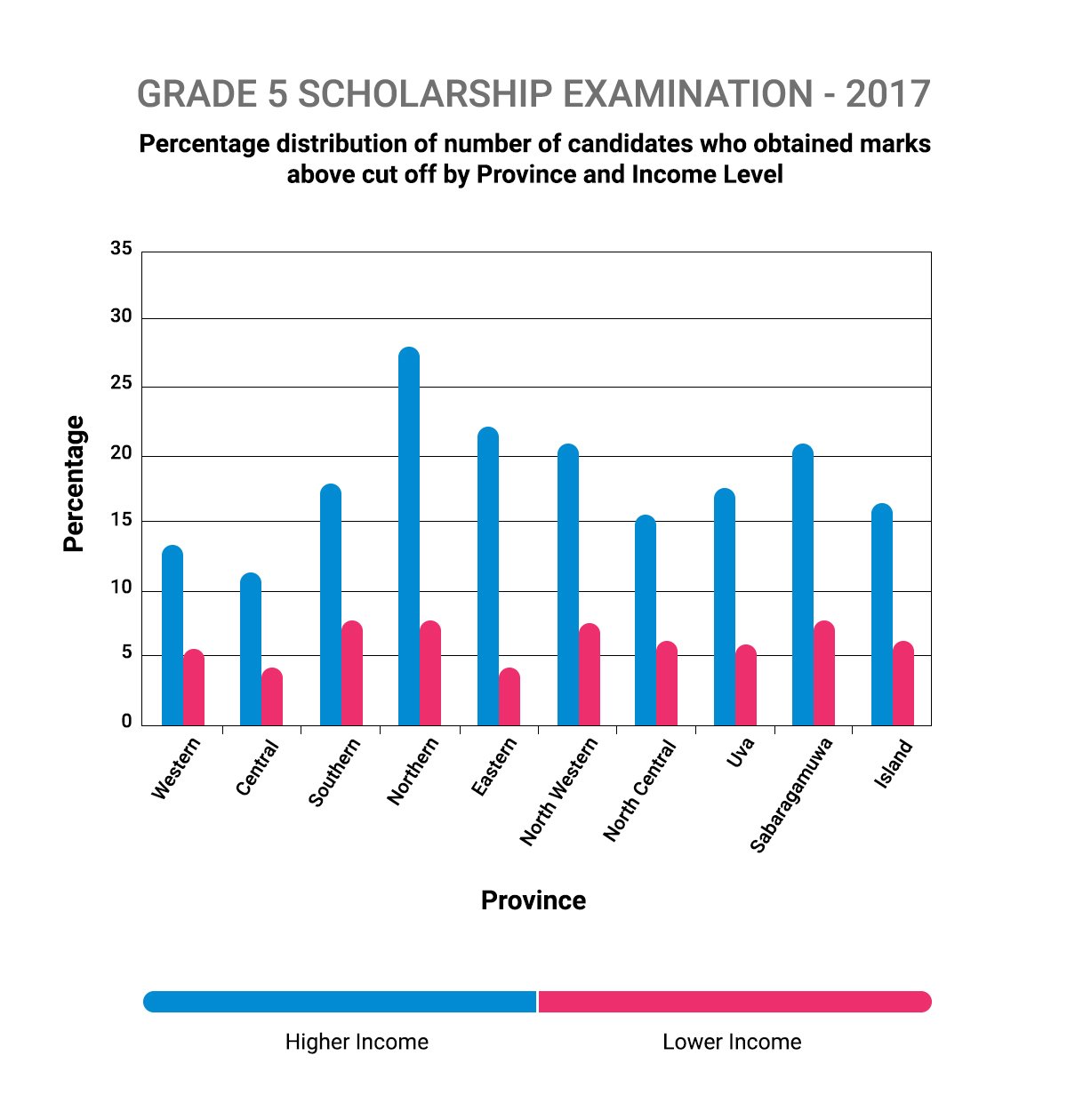
Dr. Shafeek-Irshad points out that the failure to reach the cut-off marks could have a very negative impact. “Just imagine how demotivating it must be to a child who has put so much of preparation into this,” she says. She also points out that children from higher-income families appear to be performing better than children from lower income classes, which appears to defeat the purpose of the examination altogether.
For instance, statistics from the 2016 examination show that in the Western province, 13.7% of the candidates from higher income classes scored above the cutoff mark, while only 5.8% of those from lower income classes did. Statistics also point to a geographical disparity. For example, the Central Province has a much smaller percentage of students surpassing the cut-off marks throughout the years in comparison to the other provinces.
“I think if all the schools had good facilities, and people did not attach so much importance to ‘popular’ schools and big names, then we would not need to put our children through this,” Kanthi says. In a few weeks, her son—along with thousands of other ten-year-olds— will know the results of the three years of hard work he put into his exams. Rajith seems cheerful: “The exam wasn’t difficult at all,” he tells us confidently, smiling. But the question is: will he still be smiling after the results are released?


.jpg?w=600)


